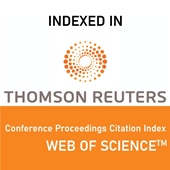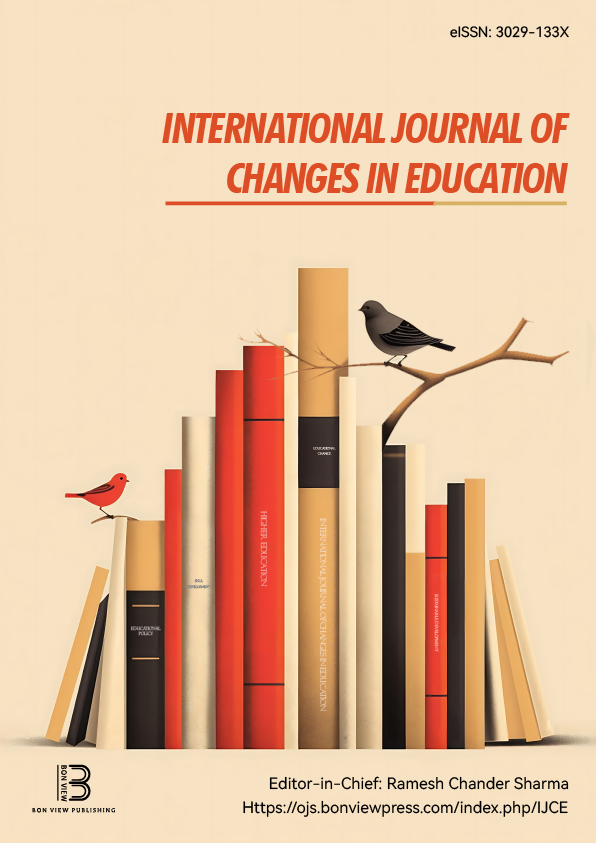The Suburban Promise? Race, Place, and the Opportunity to Thrive
Ebony M. Duncan-Shippy, Washington University in St. Louis (United States)
Abstract
Growing regional poverty has implications for the quality of life in American suburbs, which now house more than half of the nation’s poor metropolitan population. This suburbanization of poverty—or growth in the poverty rate and poor population in suburban areas—means that new and old suburban residents alike are confronting the direct and residual effects of poverty in their lives. Demographic shifts in groups migrating to the suburbs, along with large-scale economic changes have resulted in more suburbanites falling into poverty, just as urban redevelopment efforts and school closures continue to push economically poor residents beyond the city limits. As neighborhood poverty clusters in suburban communities (Allard & Paisner, 2016; Kneebone, 2019; Lacy, 2016) , it is important to question what these geographic patterns mean for suburban youth. Youth comprise more than a third of the economically poor population in the suburbs, so this project examines how they fare. The material hardships associated with poverty affect youth’s physical and cognitive development, language development, rates of chronic illness, access to health care, school engagement, social support, socioeconomic prospects, and a host of other short- and long-term outcomes. Given the rise in poverty in suburban areas, this study contrasts the degree to which suburban communities foster health, well-being, and socioeconomic opportunity for economically advantaged and disadvantaged youth. Amid growing social inequities in metropolitan regions, this study asks: do suburban communities offer socioeconomically advantaged and disadvantaged youth comparable opportunities to thrive? As the cornerstone of youth opportunity, to what extent do suburban schools and districts attempt to redress educational inequities between youth from socioeconomically advantaged and disadvantaged backgrounds? To answer these questions, this project contrasts the opportunities of young suburbanites in two affluent suburban counties in the United States.
Keywords: poverty, suburbanization, mobility, opportunity, political economy.
References
[1] Allard, S. W., & Paisner, S. C. (2016). The Rise of Suburban Poverty. Oxford Handbooks Online. Retrieved February 1, 2017, from
http://www.oxfordhandbooks.com/view/10.1093/oxfordhb/9780199935307.001.0001/oxfordhb-9780199935307-e-96
[2] Kneebone, E. (2019). Suburban Poverty. In A. Orum, The Wiley Blackwell Encyclopedia of Urban and Regional Studies. John Wiley & Sons, Inc. doi:10.1002/9781118568446.eurs0432
[3] Lacy, K. (2016). The New Sociology of the Suburbs: A Research Agenda and Analysis of Emerging Trends. Annual Review of Sociology, 42, 369-84.
 The Future of Education
The Future of Education


























